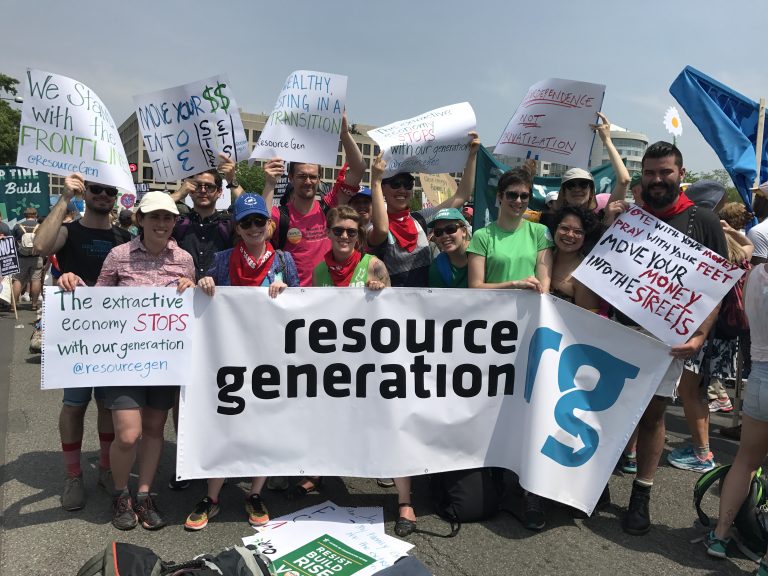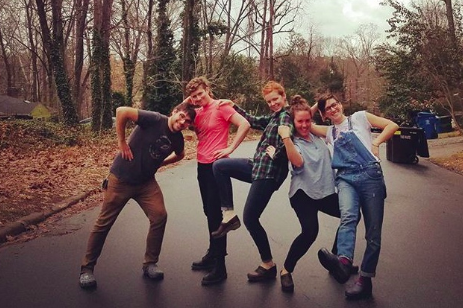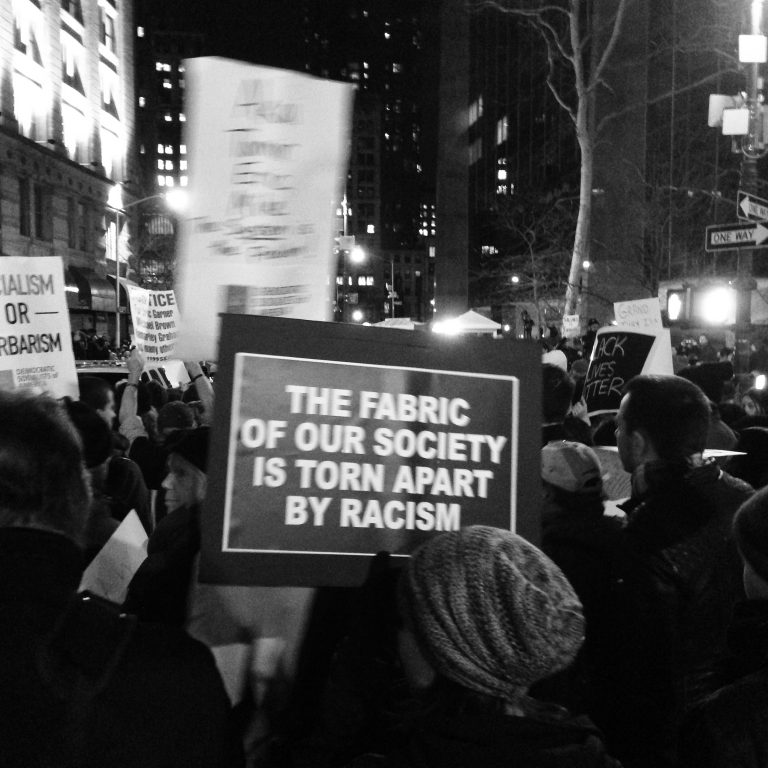Donor Diversity and My Favorite Philanthropy Blog Post

This post is a response to Pam Pompey’s blog post of October 12, 2010, entitled “Donors of Color Not Needed for the Movement?” on the Grassroots Institute for Fundraising Training blog.
From the moment I read Pam Pompey’s blog post about an experience with her organization The Ujamaa Institute on the Grassroots Institute for Fundraising Training’s (GIFT) blog, I could not stop thinking about it. Three months later, it is still my favorite piece of writing on philanthropy. My first thought reading it was, “this should really be on the RG blog,” so it is an honor to present it to you all with some of my thoughts.
Pam Pompey is the Director of the Ujamaa Institute, an organization that does grassroots donor organizing in African-American communities in North Carolina. In her blog post, Ms. Pompey writes about contacting a southern-based foundation for funding. She describes being told that her organization “was not compatible with their social change agenda.” The interaction led her to conclude that, “what [they] meant was that sharing cultural knowledge and developing people of color with a donor/fundraiser/activist mentality and the spirit of volunteerism, is not considered part of a progressive social change agenda.”
Unfortunately, in this situation I think Ms. Pompey’s conclusion was correct, and ask myself why this is so. The story represents to me a “teachable moment.” I think it is currently conventional wisdom in philanthropy to conceptualize donor organizing as a wealthy white people’s activity rather than an approach that includes communities of color. Perhaps this is because wealthy white people have more financial resources available for philanthropic purposes than people of color, and immediately accessing those resources as a funding source is seen as the primary goal.
The reality is that donor organizing in communities of color is incredibly effective. Pam Pompey writes, “It was people learning the power of giving $5, hosting house parties, pooling funds, and writing fundraising letters that helped get a person of color elected president.”
I am a big fan of donor organizing, and came to it through Resource Generation, which I discovered 10 years ago. In RG I learned about social justice philanthropy, and received skills and resources to help build a community of young people with wealth interested in funding social justice. My experience in Resource Generation showed me that donor organizing is powerful, empowering and transformative community-building work, especially when it includes donors of color.
While I have benefited greatly from RG’s community and resources, as a privileged Asian American woman I have felt uncomfortable participating in donor organizing efforts with people who were primarily white and wealthy. To deal with my discomfort, I outreached and developed programming for RG constituents of color and helped to build multiracial young donor and cross-class spaces within RG. One thing I concluded was that due to stereotypes, people of color with wealth and giving in communities of color were somewhat invisible.
I think it is true that we live in a country where the majority of people with wealth are white. Communities of color have had numerous structural barriers to building assets placed in their path and white people experience numerous social and structural privileges that promote asset accumulation and generational transfer of assets. For those who wish to learn more about this, United For A Fair Economy’s book, “The Color of Wealth,” documents the racial wealth divide in great detail. I wish we lived in a country where our government’s policies actively supported asset-building strategies in communities of color, but this is not yet the case. And despite this, some people of color have transcended these barriers.
The structures that impede asset accumulation in communities of color contribute to a stereotype in philanthropy that donors are white wealthy people, and people of color are recipients of philanthropy, not practitioners of philanthropy. I think when we operate based on this stereotype, there are negative consequences. For example, we participate in a dynamic where people of color with wealth, and all philanthropy in communities of color, become invisible.
I believe that promoting donor organizing in wealthy, middle-class and low-income communities of color is a way to break that pattern. Providing philanthropic, fundraising and leadership training in communities of color literally transforms the dynamic that perpetuates the system in which people of color are targets of racism and class oppression. It flips the script, empowering people of color to become change agents on behalf of their own communities.
So what about the fact that wealthy donors have deeper pockets and can give larger gifts that make better use of a fundraiser’s time? I don’t want to live in a world where only white people or wealthy people are considered donors. Donors have power in determining the agenda of an organization. Diversifying the donor base of social justice organizations by race and class has a profound effect on the accountability of organizations to produce lasting results. To quote the GIFT website, “we believe that how groups are funded is as important to achieving their goals as how the money is spent, and that building community support is central to long-term social change.”
As members of Resource Generation I think we have a responsibility to make sure that we build a diverse community across race and class differences in a way that does not just mimic our society’s stereotypes and the very structures and dynamics of social inequality that our organizations aim to change. We can have wealthy people of color active as constituent leaders. Working-class white people can be visible, as well as working class people of color, in participating in RG’s broader social justice organizing community through programs and donor organizing efforts. I think it is dangerous not to do this, because stereotypes and the structures that reproduce inequality (even if unintended) are powerful and can undermine our goals. We have to model to the world a healthy multiracial cross-class donor organizing community that does not perpetuate the very dynamics that we as wealthy people are justifiably seen as perpetuating.
Donors of color are definitely needed for the movement. As members of RG I would like to see us express support for diversifying the funding bases of the movements we fund. This requires long-term investment and commitment, but in the end, wouldn’t we be better positioned as social justice advocates if we participated in movements that are funded by communities representative of those they serve? Perhaps as we examine our practices, we need to make sure we are continually developing and integrating models that embody a greater vision for economic justice. Stories like Ms. Pompey’s remind me of the work that I think still needs to be done.
Posted on February 16th, 2011




